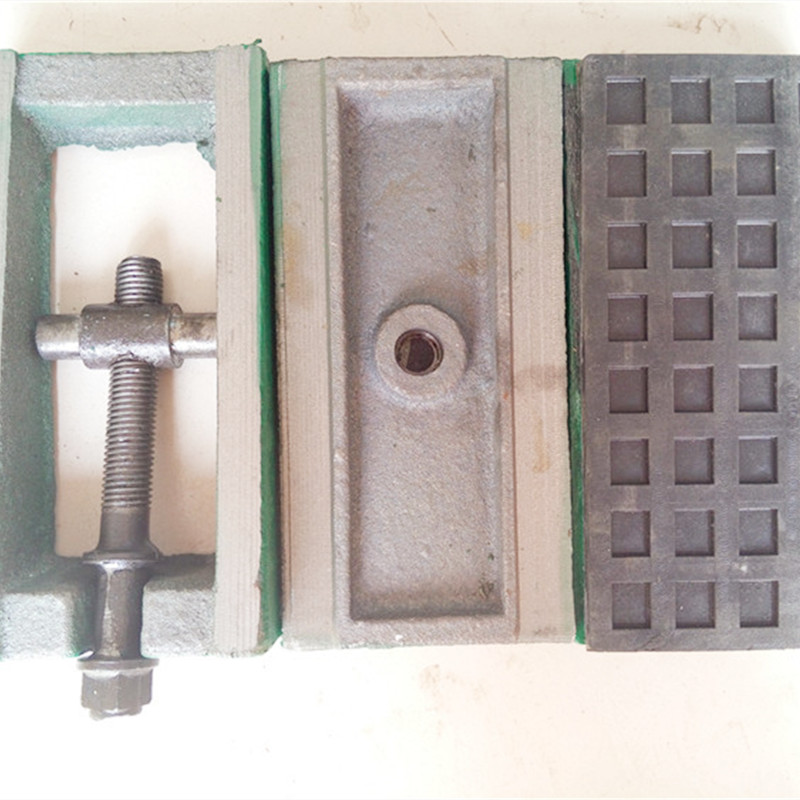окт . 11, 2024 23:13 Back to list
Exploring Different Categories of Gate Valves and Their Applications in Industry
Understanding Two Types of Gate Valves A Comprehensive Overview
Gate valves are essential components in various plumbing and industrial applications, serving as on/off control devices in fluid systems. They are designed to provide a straight-line flow with minimal pressure drop, making them a popular choice in many settings. Among the different valve types on the market, two types of gate valves stand out due to their unique functionalities and applications the rising stem gate valve and the non-rising stem gate valve. This article delves into these two types, examining their construction, operation, advantages, and applications.
1. Rising Stem Gate Valve
The rising stem gate valve, as its name suggests, features a stem that ascends or descends as the valve is opened or closed. This type of valve is typically equipped with a handwheel or other mechanisms for manual operation. When the valve is opened, the gate moves upwards and out of the path of the fluid flow, allowing for unrestricted flow. Conversely, when it is closed, the gate descends and seals against the seat, preventing any fluid from passing through.
One of the key advantages of rising stem gate valves is that they provide a clear visual indication of the valve's position. The rising stem is exposed above the valve body when the valve is open, making it easier for operators to monitor the valve status. Additionally, these valves are well-suited for high-pressure applications, as they provide a tight seal and durable performance.
However, the rising stem design does have some downsides. The vertical space required for the stem to rise may be a limitation in installations with height restrictions. Additionally, the exposure of the stem can make it vulnerable to environmental factors, necessitating protective measures in certain applications.
two types of gate valves

2. Non-Rising Stem Gate Valve
In contrast to the rising stem gate valve, the non-rising stem gate valve operates differently. This design keeps the stem fixed in place while the gate moves up or down within the valve body. The stem is typically actuated by an external mechanism, such as a handwheel or actuator, which translates the rotational motion into vertical movement of the gate without the stem moving upward.
Non-rising stem gate valves are particularly advantageous in applications where space is limited since they do not require additional vertical clearance for the stem. This makes them an ideal choice for underground installations or applications with height restrictions. Furthermore, their closed design offers better protection against external elements, thus enhancing their durability.
However, one disadvantage of the non-rising design is that it does not provide a visual indication of the valve's status. Operators must rely on external indicators or monitoring systems to ascertain whether the valve is open or closed, which can complicate operations in some settings.
Conclusion
In conclusion, both rising and non-rising stem gate valves play crucial roles in managing fluid flow in various applications. The choice between the two largely depends on the specific requirements of the installation, such as space limitations, operational visibility, and pressure conditions. Understanding the distinct features and applications of these gate valves enables engineers and operators to make informed decisions, ensuring optimal performance and reliability in their respective systems. Whether for industrial processes, water treatment facilities, or residential plumbing, selecting the right gate valve type is vital for efficient and effective fluid control.
-
Why Metric Trapezoidal Thread is Ideal for Precision Motion ControlNewsAug.05,2025
-
The Unique Properties of a Block of Granite for Industrial UseNewsAug.05,2025
-
The Role of Flanged Y Strainers in Preventing Pipeline ClogsNewsAug.05,2025
-
The Importance of Regular Calibration for Master Ring GagesNewsAug.05,2025
-
How a Cast Iron Surface Table Enhances Accuracy in ManufacturingNewsAug.05,2025
-
Comparing Different Check Valve Types for Optimal Flow ControlNewsAug.05,2025
Related PRODUCTS









